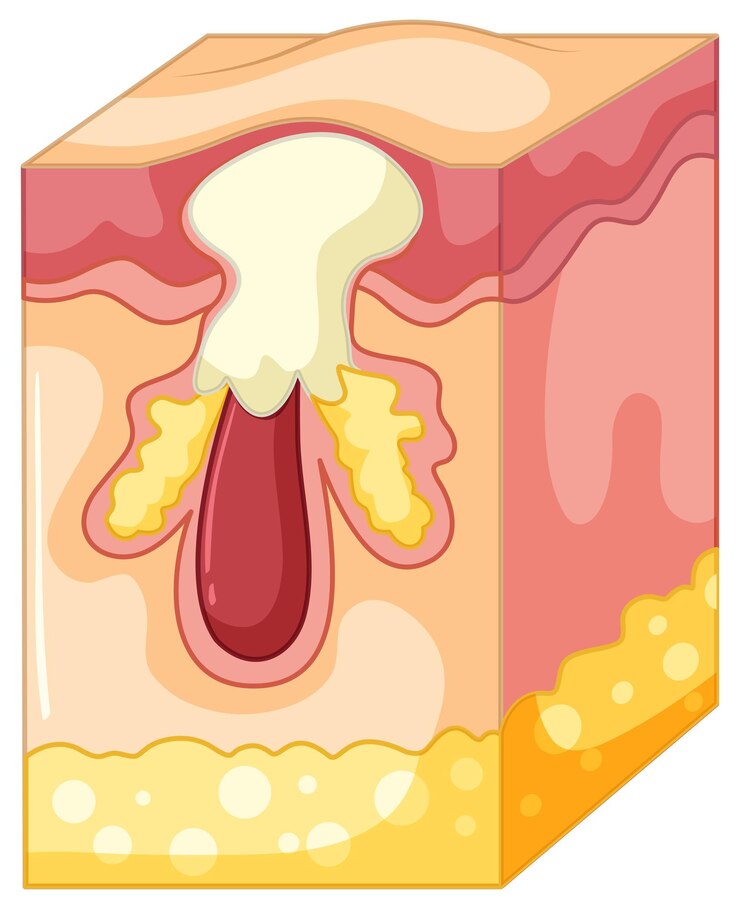
What is Seborrheic Folliculitis? Understanding the Condition
Have you ever experienced red, itchy bumps on your skin, especially in areas like your scalp, face, or chest? You might be dealing with a condition called seborrheic folliculitis.
But what exactly is seborrheic folliculitis, and how can you manage it? Let’s break it down in simple terms.
Understanding Seborrheic Folliculitis:
Seborrheic folliculitis is a skin condition that occurs when hair follicles become inflamed and infected. It’s often linked to an overgrowth of yeast called Malassezia, which is naturally found on the skin but can multiply and cause problems in some people.
Factors like excess oil production, hormonal changes, and a weakened immune system can contribute to the development of seborrheic folliculitis.
Common Symptoms:
The hallmark symptoms of seborrheic folliculitis include:
- Red, inflamed bumps or pustules around hair follicles.
- Itching or burning sensation in affected areas.
- Oily or greasy skin, especially in areas prone to seborrheic folliculitis like the scalp, face, and chest.
- Flaky or crusty skin, particularly on the scalp.
buy bimatoprost online https://dschnur.com/wp-content/uploads/2024/08/jpg/bimatoprost.html no prescription pharmacy
Risk Factors:
While anyone can develop seborrheic folliculitis, certain factors may increase your risk, including:
- Oily skin or scalp.
- Poor hygiene or excessive sweating.
- Hormonal changes, such as puberty or pregnancy.
online pharmacy buy soft cialis no insurance with best prices today in the USA
- Weakened immune system, due to conditions like HIV/AIDS or certain medications.
Management and Treatment:
Managing seborrheic folliculitis typically involves a combination of self-care measures and medical treatments. Here are some tips to help manage the condition:
- Keep the affected area clean: Wash the affected area with a gentle cleanser to remove excess oil and dirt.
- Avoid harsh skincare products: Opt for mild, fragrance-free skincare products to avoid further irritation.
- Use antifungal treatments: Antifungal shampoos, creams, or lotions containing ingredients like ketoconazole or selenium sulfide can help reduce yeast overgrowth and inflammation.
- Manage oily skin: Use oil-absorbing products or blotting papers to control excess oil production.
- Consult a dermatologist: If home remedies aren’t providing relief, or if your symptoms are severe, consult a dermatologist for further evaluation and treatment options.
Conclusion:
Seborrheic folliculitis can be a bothersome condition, but with proper management and treatment, it’s possible to keep symptoms under control. By understanding the causes and symptoms of seborrheic folliculitis, you can take proactive steps to care for your skin and minimize flare-ups.
To seek medical advice, always consult a Doctor. Here are our recommended EXPERTS. Click here
To read more on SKIN. Click Here



